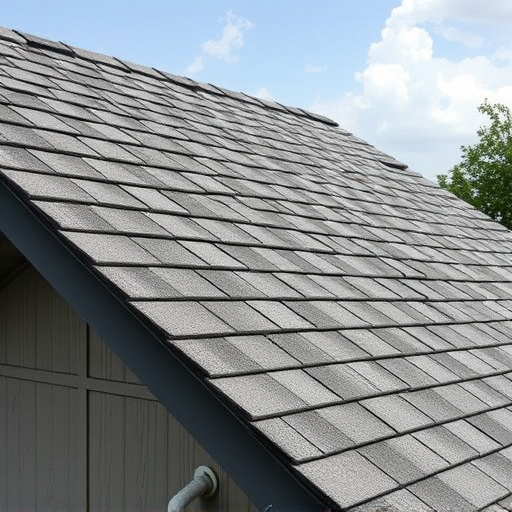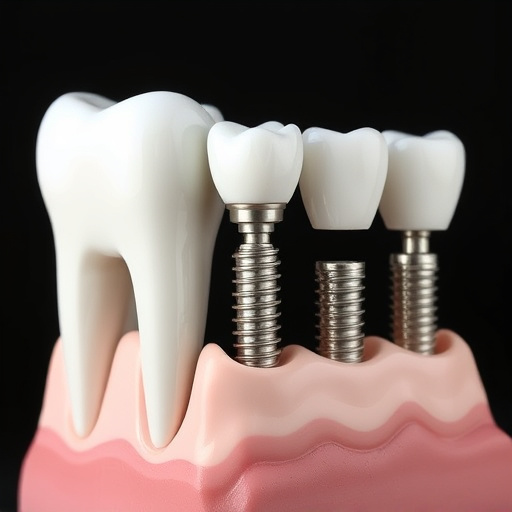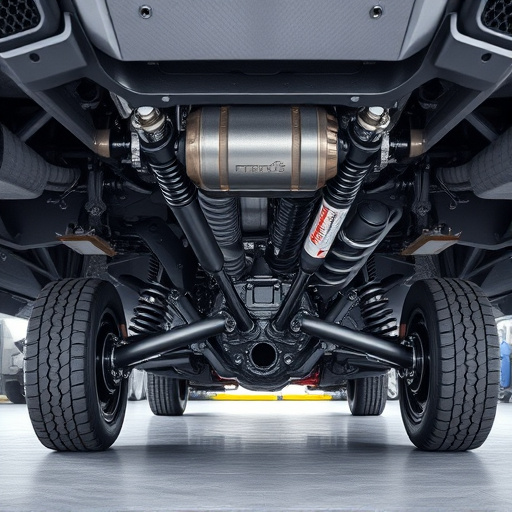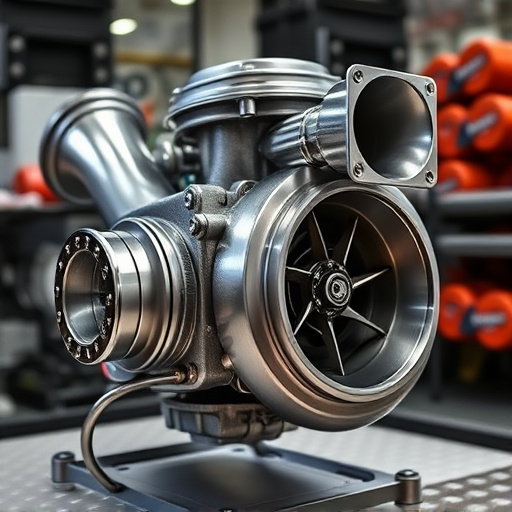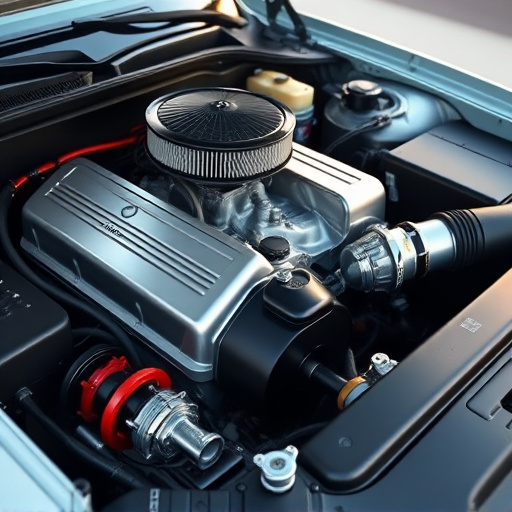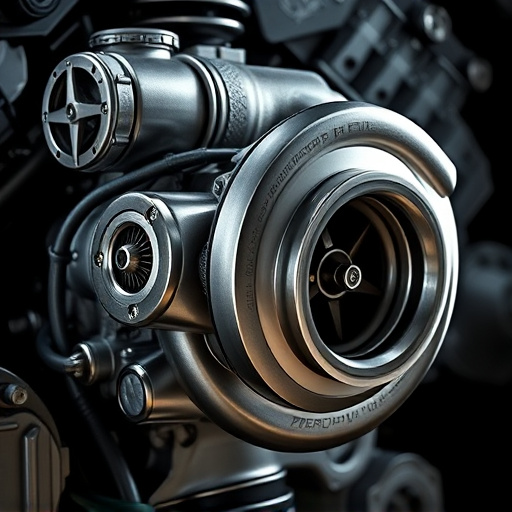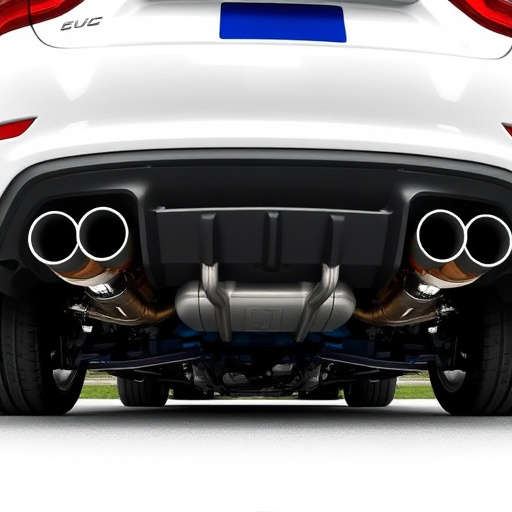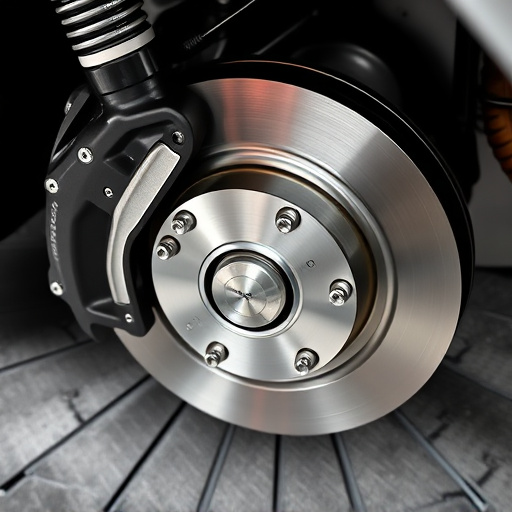Drone noise from aircraft causes communication disruptions, community disturbances, and wildlife harm, highlighting the need for solutions. Exhaust sound control, employing specialized mufflers and suspension kits, reduces noise levels significantly. This technology improves passenger comfort, enhances safety through early detection of maintenance issues, and contributes to environmental harmony while facilitating efficient airline operations. Well-designed exhaust sound control systems seamlessly integrate into aircraft structures, minimizing noise transmission without compromising performance or extending the service life of critical parts.
In the realm of aviation, minimizing drone noise at cruising speeds is a constant pursuit. This article explores how exhaust sound control emerges as a powerful solution to combat this issue. We delve into the science behind drone noise and its impact on both aircraft performance and passenger comfort. Understanding these factors, we highlight the role of exhaust sound control technologies in reducing noise pollution, enhancing safety measures, and contributing to more sustainable flight operations.
- Understanding Drone Noise and Its Impact
- The Role of Exhaust Sound Control
- Implementation and Benefits for Aircraft Safety
Understanding Drone Noise and Its Impact
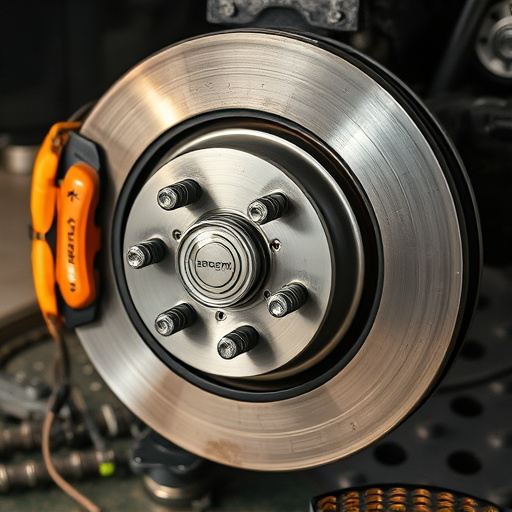
Drone noise, often a nuisance during flight, is a significant concern for both pilots and those on ground levels. At cruising speeds, aircraft create a distinctive humming or whining sound, known as drone, due to air interacting with various components of the plane. This noise can have detrimental effects, leading to communication issues, disturbing nearby communities, and even affecting wildlife in sensitive areas.
Exhaust sound control plays a pivotal role in mitigating these impacts. By employing advanced techniques, such as specialized exhaust mufflers designed to redirect and dampen sound waves, drone levels can be substantially reduced. Additionally, high-performance parts like suspension kits, which optimize aircraft stability, can contribute to quieter flight by minimizing vibrations that exacerbate noise. These solutions are essential steps towards creating a harmonious balance between aviation progress and environmental harmony.
The Role of Exhaust Sound Control
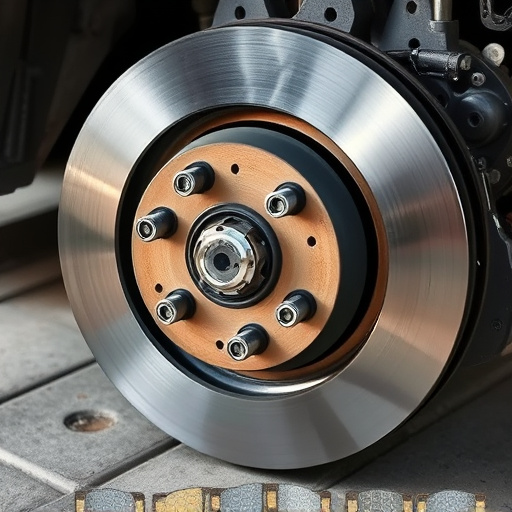
Exhaust sound control plays a pivotal role in mitigating drone at cruising speeds, contributing significantly to a quieter and more comfortable passenger experience. By managing the noise generated by exhaust systems, this technology can reduce unwanted vibrations and sounds that often become pronounced during extended flights. It achieves this through advanced materials and designs that absorb and disperse sound waves, thereby minimizing the impact of engine and air intake systems on overall cabin tranquility.
Moreover, exhaust sound control isn’t just about passenger comfort; it’s also a critical aspect of aircraft maintenance and performance. Effective sound management can help in monitoring potential issues within the exhaust system, such as unusual noises that might indicate wear or damage to brake pads or other components. This proactive approach not only enhances safety but also reduces the likelihood of costly repairs mid-flight by keeping noise levels under control.
Implementation and Benefits for Aircraft Safety

The implementation of exhaust sound control technologies is a significant step forward in aircraft safety, particularly at cruising speeds. By focusing on reducing drone, or excessive engine noise, airlines can create a safer and more comfortable environment for both passengers and crew. This advancement is especially crucial during extended flights where noise levels can accumulate, leading to potential health issues and decreased alertness among flight personnel.
Exhaust sound control offers numerous benefits, including improved operational efficiency and reduced environmental impact. Well-designed systems can integrate with existing aircraft structures, such as advanced suspension components and coilover kits, to minimize noise transmission without compromising performance. Additionally, by addressing drone at its source, these controls contribute to overall aircraft maintenance by reducing stress on critical parts, including brake components, thus extending their service life.
Exhaust sound control plays a pivotal role in mitigating drone noise at cruising speeds, addressing a critical aspect of aircraft safety and passenger comfort. By implementing these innovative solutions, aviation manufacturers can significantly reduce noise pollution while navigating regulatory frameworks. This not only enhances the overall flying experience but also fosters better relationships with communities living near airports, demonstrating a commitment to sustainable aviation practices.

